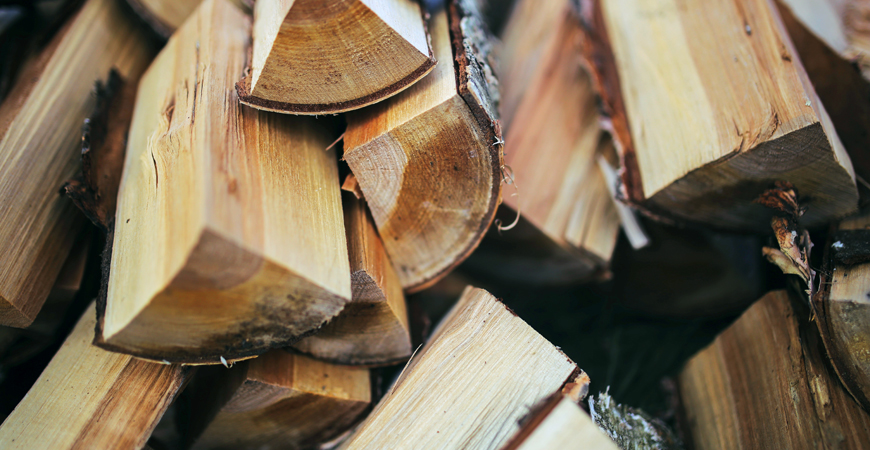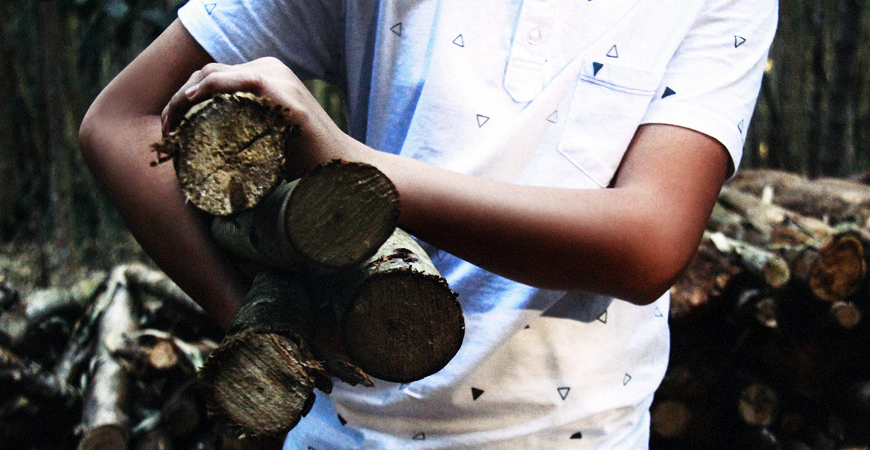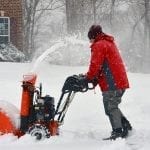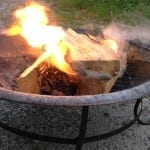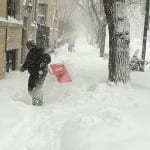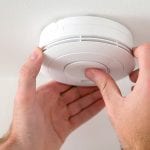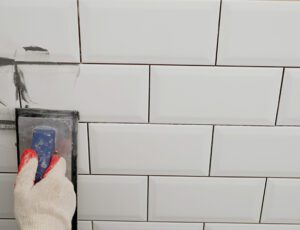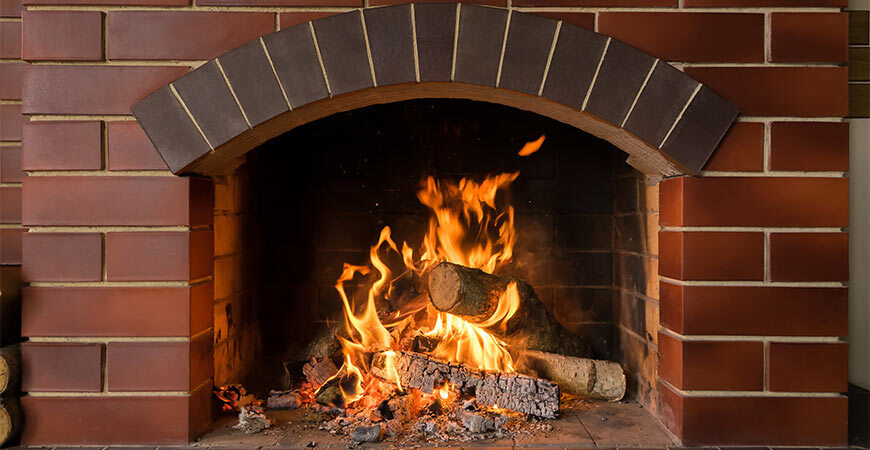
Cleaning Fireplace Brick: Prep Your Fireplace Before the Snow Flies
Cozying up to a warm fire is a joy when it’s chilly outside. As the summer winds down, it’s a good time to ready your fireplace before the big chill. See our tips and how-tos for inspecting and prepping your fireplace and cleaning fireplace brick.
How do I inspect my fireplace?
A neglected fireplace can cause a house fire, so it’s essential to get your hearth ready before the cold weather arrives.
You need to check the fireplace interior for cracks and loose mortar. Go outside and check the chimney and exterior masonry for weather damage and wear-and-tear. Hire a brick mason to do repairs, if needed.
Check the fireplace damper to ensure it opens and closes easily.
Inspect the chimney cap. This step requires climbing on the roof so call a professional if needed. Check the cap to ensure it’s in good shape and firmly attached. Debris and small critters can make their way under a loose cap. Check the protective screening to make sure it is securely in place.
Remove any tree branches or limbs that overhang the chimney. Tree limbs growing above the cap can restrict the draft, damage the cap, or cause a fire.
For gas fireplaces – Ensure that the pilot light is on and the vents are clear. Check the liners, burners, and logs for cracks or damage. Replace any damaged parts.
For electric fireplaces – Check wires to ensure they are in good shape. Make sure all connectors are firmly fastened.
For wood-burning fireplaces – Make sure the flue is clear by opening the damper and looking up inside the chimney. You should see the light.
How do I clean my fireplace?
Clean out the firebox before the first fire of the season. If you use your fireplace regularly, scoop out the ashes once a week and spread them on a compost pile or garden bed.
DIY – Cleaning Fireplace Brick
Black soot stains on your fireplace hearth or front aren’t pretty. Bricks are porous so getting them clean isn’t as simple as a wipe down. Here’s how to remove blackish discolorations on fireplace brick.
First, ensure the fireplace is cool. Each brick should be room temperature before cleaning.
Use a vacuum to remove as much soot and dust as possible.
Mix one of these cleaning solutions –
Cleaning fireplace Bricks with Dishwashing Detergent – Mix ¼ cup of grease-cutting dish soap in four cups of water.
Cleaning Fireplace Bricks with Vinegar – Mix equal parts of distilled white vinegar and warm water.
Pour the cleaning solution of vinegar and water into a spray bottle or cleaning bucket. Apply the cleaning solution to fireplace bricks with a sponge.
Once applied with the sponge, scrub the bricks with a plastic-bristled scrub brush. Work in small areas, in a circular motion. Clean and scrub the bricks from the top down.
Thoroughly rinse scrubbed areas with water and a clean sponge before moving to the next section. If the water or sponge becomes dirty while you rinse, replace it with clean water.
Spot-clean stubborn soot stains – Create a paste by mixing baking soda with a teaspoon or two of water. Apply the paste to any remaining brick stains and let it sit on each one for 5-10 minutes.
Scrub the brick with a toothbrush or plastic-bristled scrub brush, and rinse with water. Each one of the brick surfaces will air dry.
How often should a professional inspect my fireplace?
Home repair expert, Bob Vila, says, “All chimneys should be inspected and cleaned by a chimney cleaning professional at least once a year, or about once every 80 fires. A thorough cleaning will remove any buildup of creosote, an oily and highly flammable byproduct of burning wood, giving you a safer fireplace.”
You will need a thorough inspection will determine whether the flue is clear or clogged with debris. The inspector will also check the fireplace structure for possible damage, ensuring your fireplace is safe to use.
How do I stack wood in my fireplace?
What You’ll Need:
- Wood burning fireplace
- Newspaper
- Matches or lighter
- Dry, seasoned firewood
- Kindling wood
Open the damper. Make sure your flue is free from creosote and debris before lighting. Aim a flashlight up into the chimney to ensure the damper is open and moves freely.
Arrange the kindling and firewood – lay kindling along the grate lengthwise. Twisted newspapers can substitute for kindling.
Lay dry, seasoned logs over the kindling, placing them perpendicularly. Place another 2 or 3 logs on top of the first layer.
Warm up the flue – Warm the flue with a lighted piece of twisted newspaper. (This step helps draw the smoke up the chimney.) When you notice smoke going up the chimney, it’s time to light the fire.
Light the kindling – Take a twisted section of newspaper and light it on one end. Use the lighted newspaper to light the kindling wood. Add more crumpled newsprint if needed.
Close the fire screen and enjoy!
How should I store firewood?
Here are a few tips for log storage success:
- Properly stacking your wood involves exposing surfaces to air and light, which speeds drying time.
- Choose a site carefully. Is the location convenient for grabbing firewood when it’s cold outside? Will the site block access to a part of your yard?
- Never stack wood against your home or other outdoor structure; it’s an invitation for termites. Leave a good distance between the woodpile and a garage, shed, or other outdoor structure.
- It’s best to store firewood where it will receive sunlight. Logs stored in the shade will take longer to dry.
- To create proper airflow, place a tarp on the ground or stack wood on a firewood rack.
- For safety, you don’t need to stack firewood no more than 4 ft. high.
Did you know? It’s best to burn dry seasoned hardwood like oak, maple, ash, and birch in your fireplace. Green wood or softwoods like pine will cause creosote buildup – potentially causing a fire in the flue.

